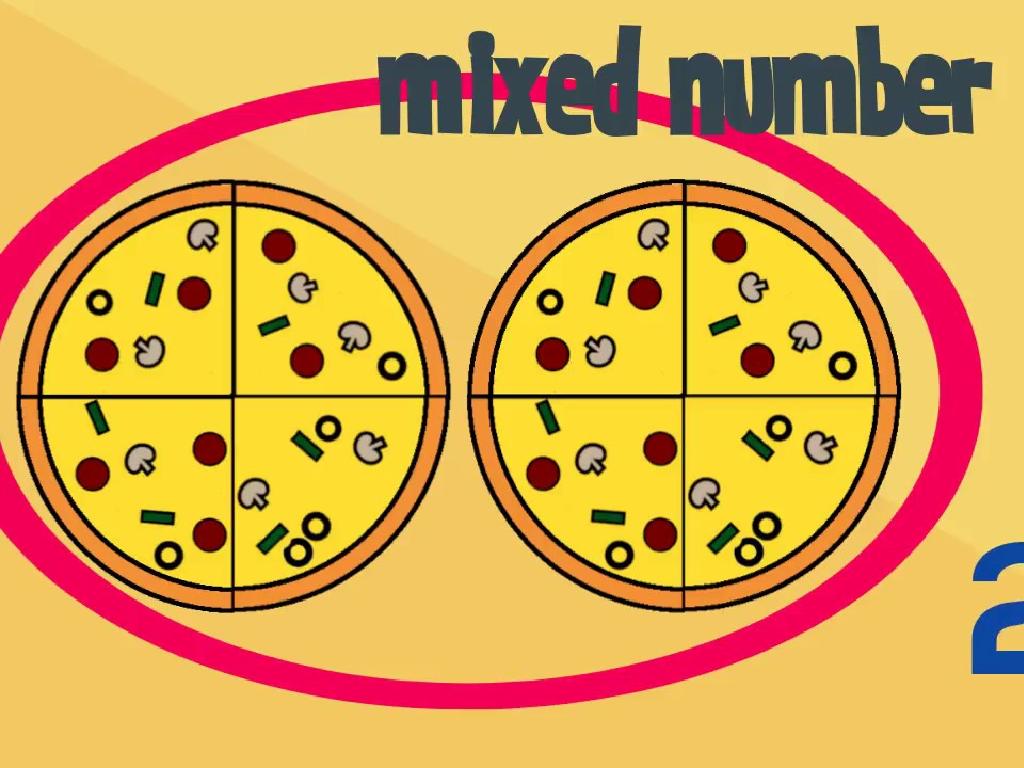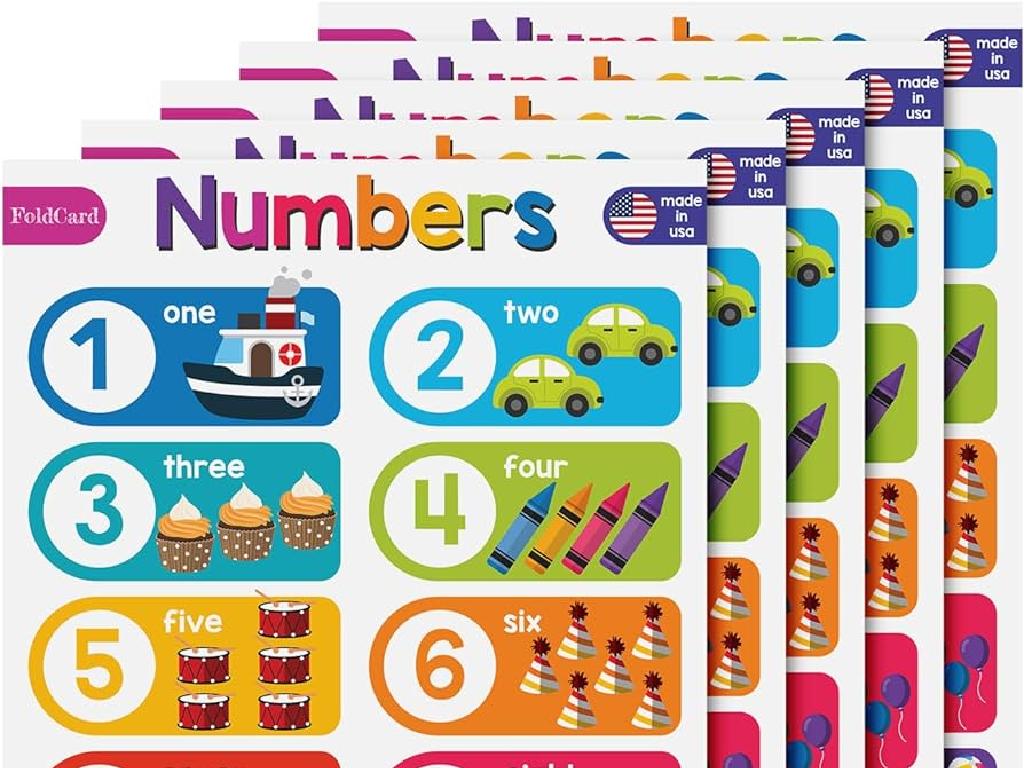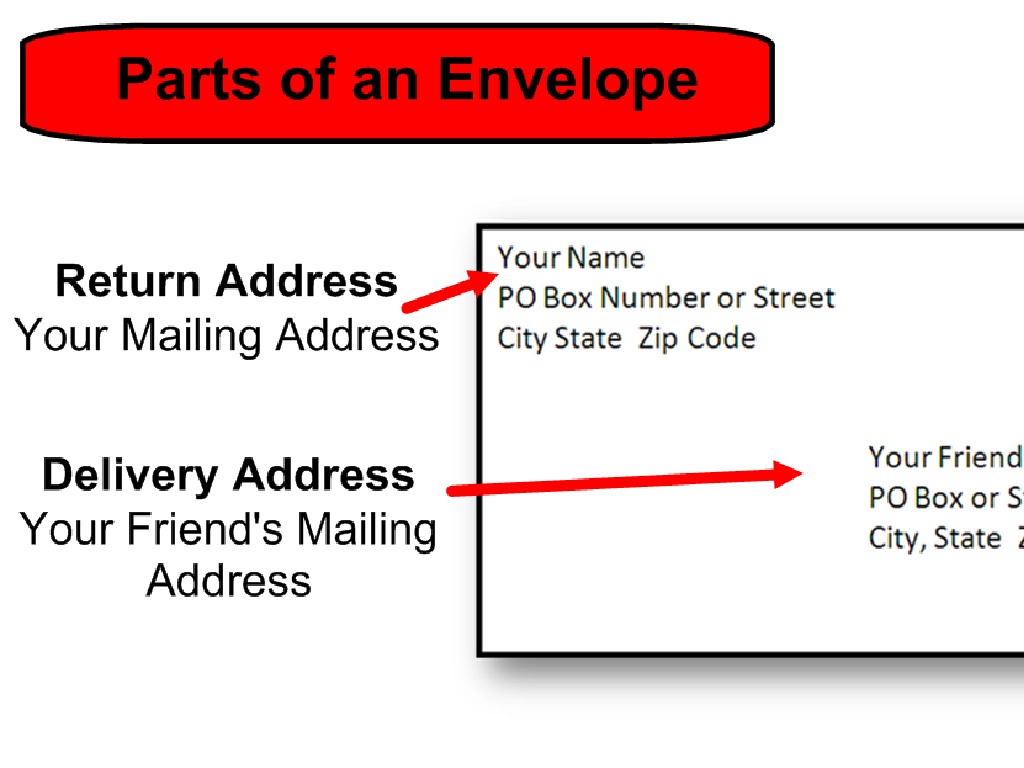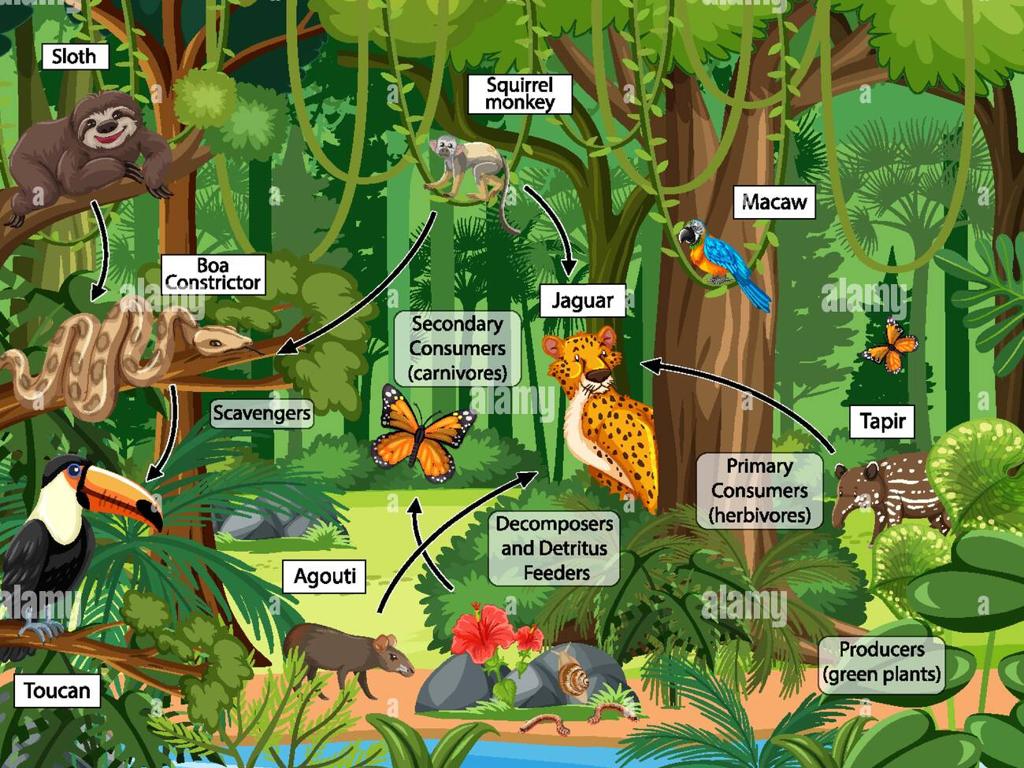Sales And Property Taxes: Word Problems
Subject: Math
Grade: Fifth grade
Topic: Financial Literacy
Please LOG IN to download the presentation. Access is available to registered users only.
View More Content
Introduction to Taxes
– What are taxes?
– Why do we pay taxes?
– Taxes fund schools, roads, services
– Sales and Property Taxes
– Sales tax is added to goods; property tax is for landowners
– Calculating Taxes in Word Problems
– Practice with real-life examples
|
Begin the lesson by explaining the concept of taxes in simple terms, emphasizing that taxes are mandatory contributions to state revenue. Highlight the importance of taxes by discussing how they fund public services such as education, infrastructure, and emergency services. Introduce sales tax as an extra amount of money paid based on the purchased goods’ price, and property tax as a yearly fee paid by landowners. Conclude by explaining that we will learn how to calculate these taxes through word problems, providing students with practical skills to understand how taxes affect their daily lives and the importance of being financially literate.
Understanding Sales Tax
– What is sales tax?
– It’s a small percentage added to the price of items.
– Sales tax calculation
– To find the total cost, add the sales tax to the item’s price.
– Sales tax varies by state
– Each state can set its own sales tax rate.
– Practice with our state’s rate
– We’ll use our state’s sales tax rate for examples.
|
This slide introduces the concept of sales tax to students. Begin by explaining that sales tax is an additional amount of money, based on a percentage of the item’s price, that is paid when purchasing goods. Emphasize that the rate of sales tax can differ from state to state, and for the purpose of class exercises, we will be using our specific state’s sales tax rate. Provide examples of calculating sales tax for various items, and encourage students to think of items they or their families might buy, and how much sales tax would be added. This will help them understand the real-world application of the math they are learning.
Calculating Sales Tax
– Understanding sales tax
– Example: $10 toy with 7% tax
– A $10 toy with 7% tax means $0.70 tax. Total cost: $10.70
– Practice: $15 book with 6% tax
– What’s the sales tax on a $15 book at 6%? How much is the total?
– How to calculate total cost
– Multiply item cost by tax rate, then add to item cost for total
|
This slide introduces the concept of sales tax to students and how to calculate it. Start by explaining that sales tax is an additional amount of money based on a percentage of the item’s cost. Use the example of a $10 toy to show how to calculate 7% of $10 by converting the percentage to a decimal (0.07) and multiplying it by the cost of the toy. For the practice problem, guide students to apply the same method to find the sales tax on a $15 book at a 6% rate. Emphasize the importance of understanding sales tax when budgeting. Encourage students to solve the problem and be ready to discuss their approach in the next class.
Understanding Property Tax
– Property tax basics
– Tax on land and buildings based on value
– Funding through property tax
– Pays for schools, parks, roads
– Homeowners and property tax
– Paid annually, varies by location
– Calculating property tax
– Example: House value $200,000, rate 1.5%, tax = $3,000
|
This slide introduces students to the concept of property tax, which is a type of tax that homeowners pay based on the value of their property. It’s important to explain that the money collected from property taxes is used to fund local services and community projects such as schools, parks, and road maintenance. Discuss how property tax can affect homeowners by adding to their annual expenses and how it can vary depending on where they live. To help students understand how property tax is calculated, provide an example with simple math they can follow, such as a house valued at $200,000 with a tax rate of 1.5%, resulting in a property tax of $3,000. Encourage students to think about the services they use in their community that might be funded by property taxes.
Calculating Property Tax
– What is property tax?
– It’s a tax on property value set by the government.
– Example: $200,000 house at 1.5%
– For a $200,000 house, 1.5% tax is $3,000 per year.
– Calculate tax on a $150,000 property
– At 2% rate, a $150,000 property’s tax is $3,000.
– Practice with different tax rates
|
This slide introduces students to the concept of property tax, which is a fee paid by property owners based on the value of their property. Start by explaining that the tax rate is a percentage determined by local governments. Use the example of a $200,000 house to show how to calculate the tax by multiplying the value by the tax rate. Then, present the practice problem to apply this concept, calculating the property tax for a $150,000 property at a 2% tax rate. Encourage students to solve the problem and discuss how changing property values or tax rates can affect the amount of tax owed. This exercise will help students understand the real-world application of percentages in financial literacy.
Word Problems with Taxes
– Real-life tax scenarios
– How sales and property taxes apply in everyday purchases and ownership.
– Steps to solve tax problems
– Identify the problem, calculate the tax rate, add it to the original price.
– Group Activity: Problem Solving
– Work in groups to solve provided tax word problems.
– Share solutions and methods
|
This slide aims to help students apply their knowledge of sales and property taxes to solve real-life word problems. Begin by discussing how taxes are a part of daily transactions, whether buying goods or owning property. Walk through the steps of solving tax-related problems: understanding the problem, determining the tax rate, and applying it to the given amount. For the group activity, provide two different word problems for the students to solve collaboratively. This will encourage teamwork and allow them to practice the steps they’ve learned. After the activity, have each group share their solutions and the methods they used to arrive at their answers. This will reinforce their understanding and provide an opportunity for peer learning.
Class Activity: Tax Scavenger Hunt
– Find tagged items in class
– Calculate sales tax for items
– Use the local sales tax rate for calculations
– Present tax findings to class
– Understand sales tax concept
– This activity helps grasp how sales tax affects everyday purchases
|
This interactive class activity is designed to help students understand the concept of sales tax through a fun and engaging scavenger hunt. Students will search the classroom for items with price tags, calculate the sales tax for each item using the local tax rate, and then present their findings to the class. This will not only reinforce their multiplication and addition skills but also provide a practical understanding of how sales tax is applied in real-life scenarios. For the teacher: Prepare price tags in advance and attach them to various classroom items. Ensure students understand how to calculate sales tax (total price x sales tax rate). Provide a local sales tax rate for students to use. Possible variations of the activity could include calculating total cost with tax, comparing taxed vs. tax-exempt items, or working in teams to find the total tax for a ‘shopping list’ of classroom items.
Wrapping Up: Taxes in Everyday Life
– Recap: Sales & Property Taxes
– Understanding Taxes is Crucial
– Taxes fund our schools, roads, and emergency services.
– Reflect on Today’s Discoveries
– Think about how taxes impact daily purchases and community.
– Open Floor for Questions
|
As we conclude today’s lesson, it’s important to review the key concepts of sales and property taxes. Emphasize to students that understanding taxes is essential because they affect everyone and are a part of daily life. Taxes contribute to public services and the community’s well-being. Encourage students to reflect on what they’ve learned about how taxes are calculated and applied to purchases and property ownership. Finally, open the floor for any questions or thoughts, allowing students to express their understanding or confusion about the topic. This will help ensure that they grasp the importance of taxes and can recognize their impact on everyday life.






